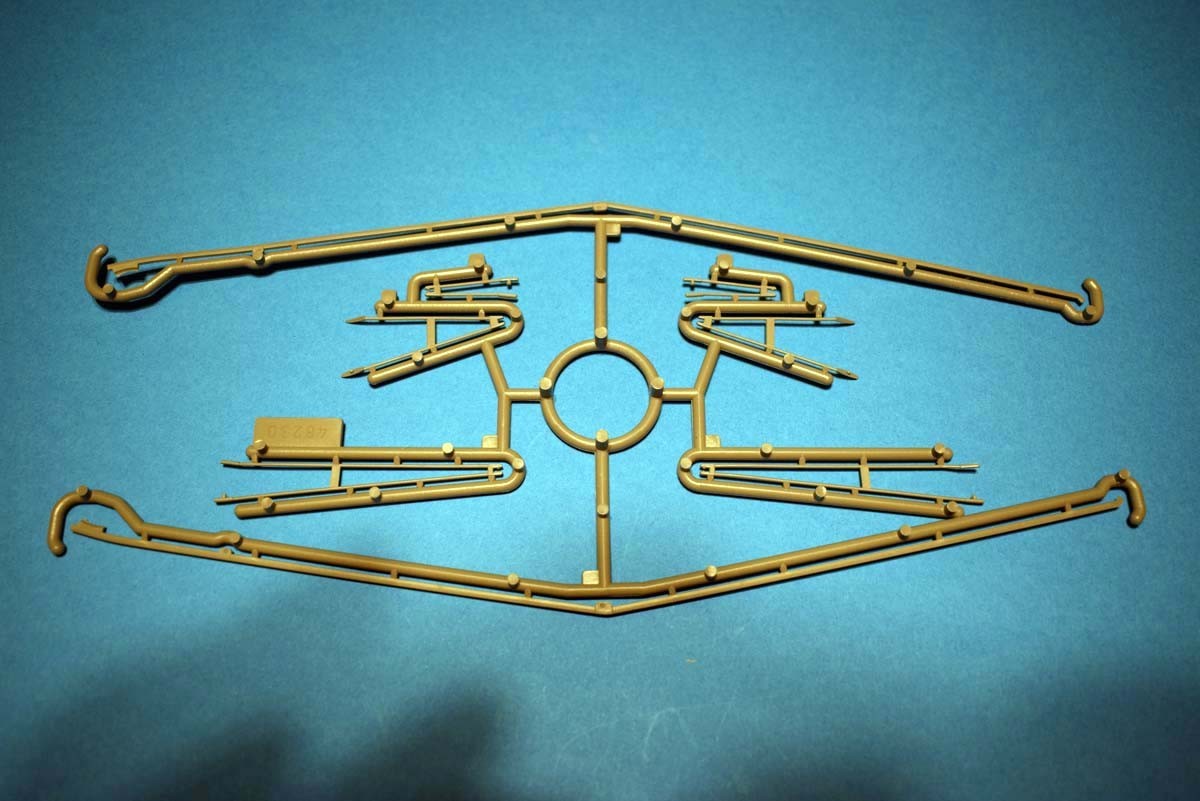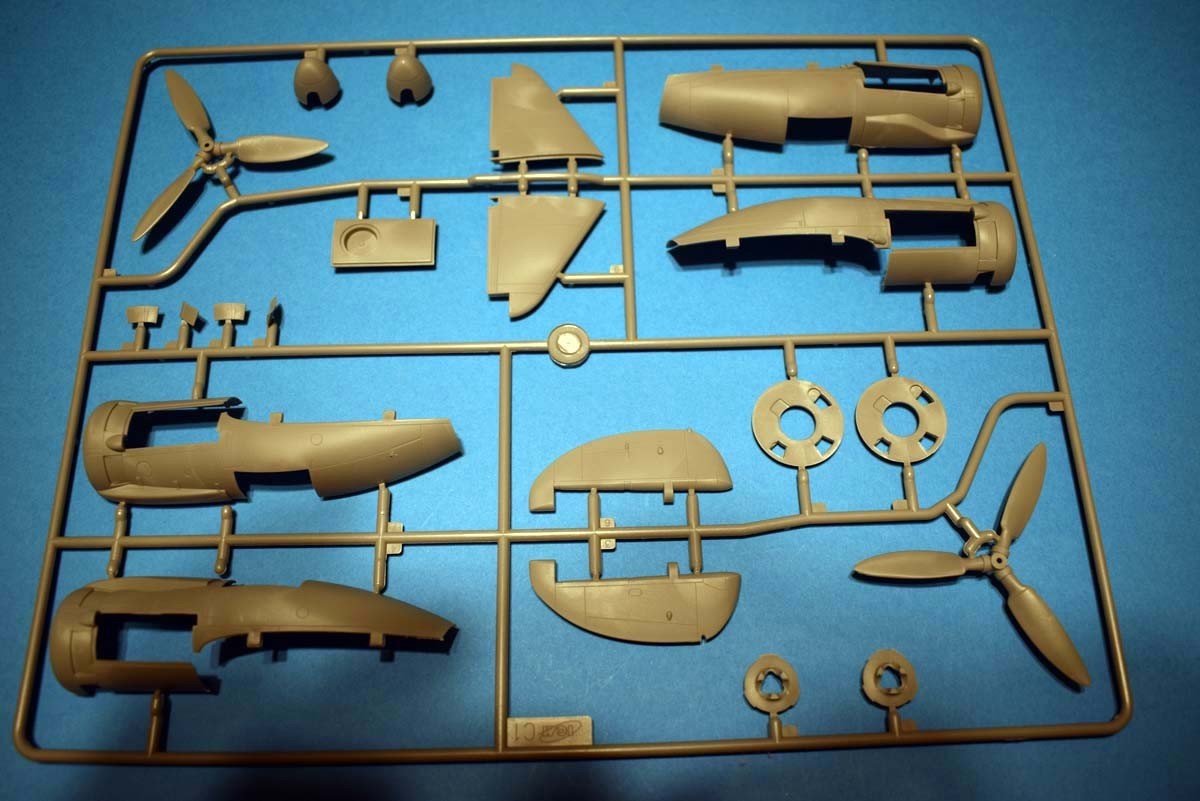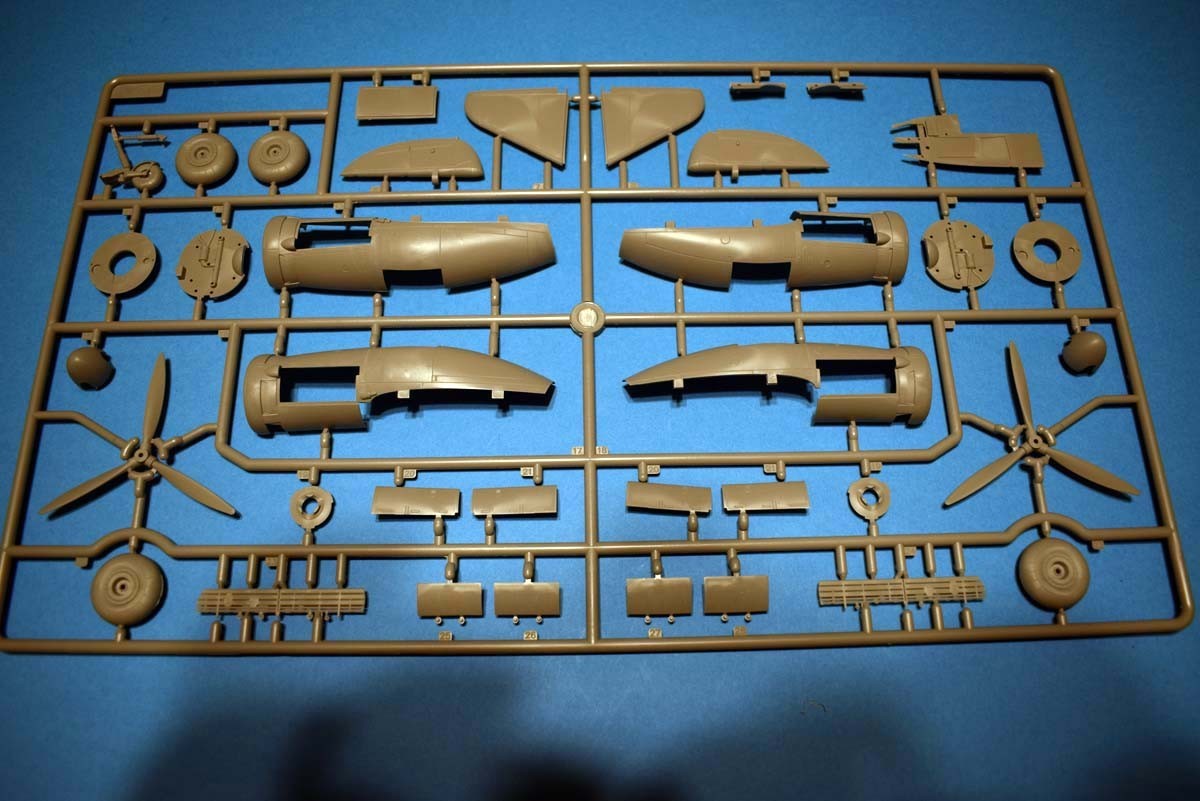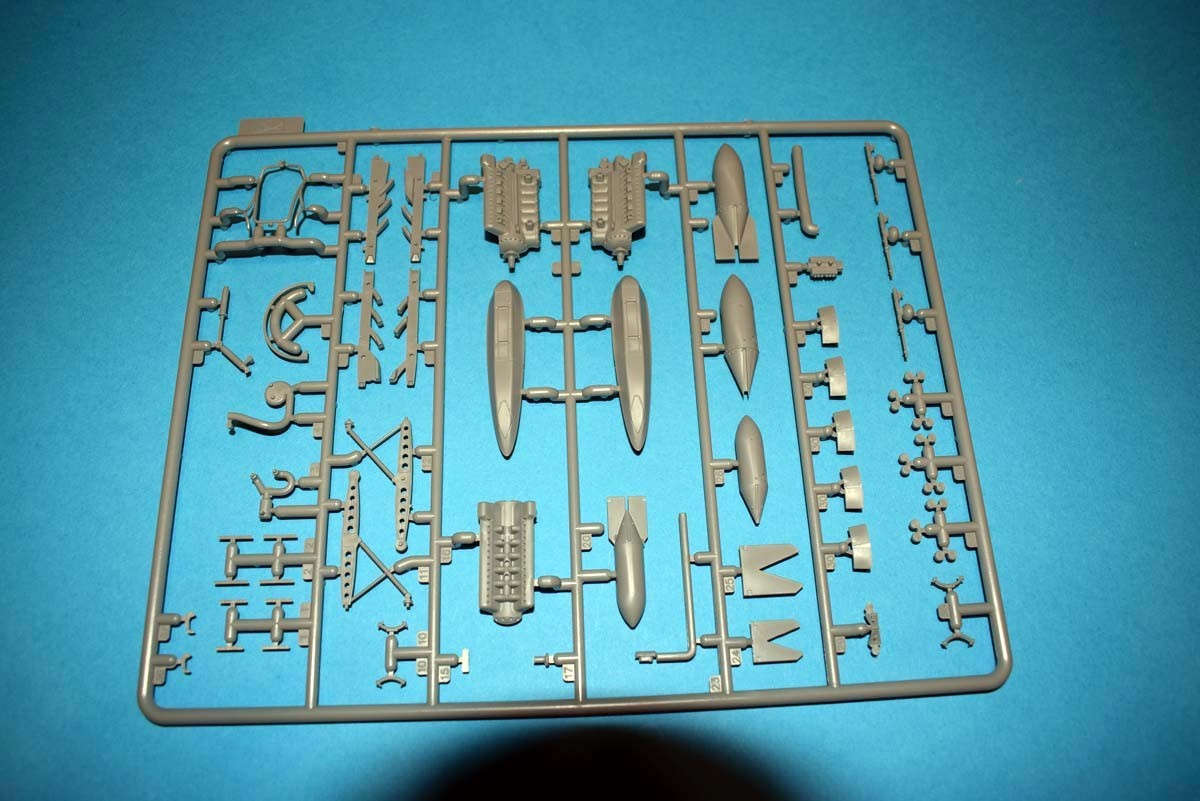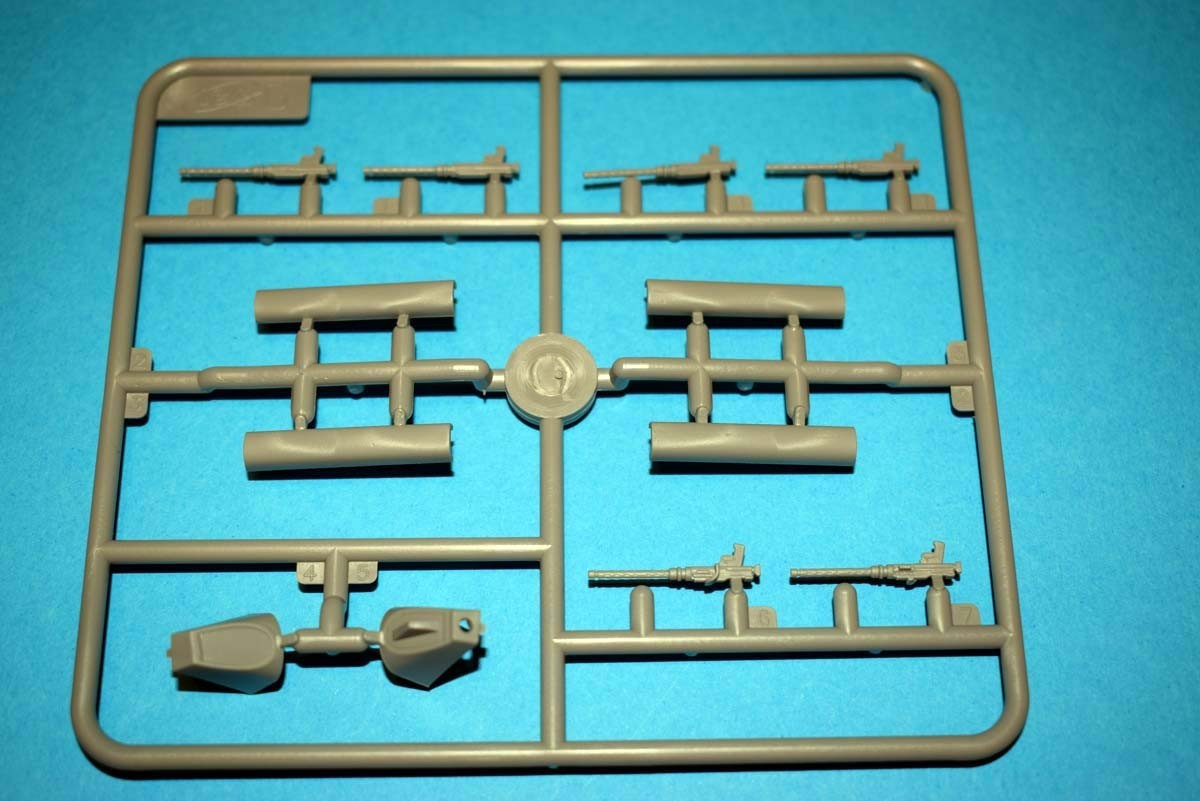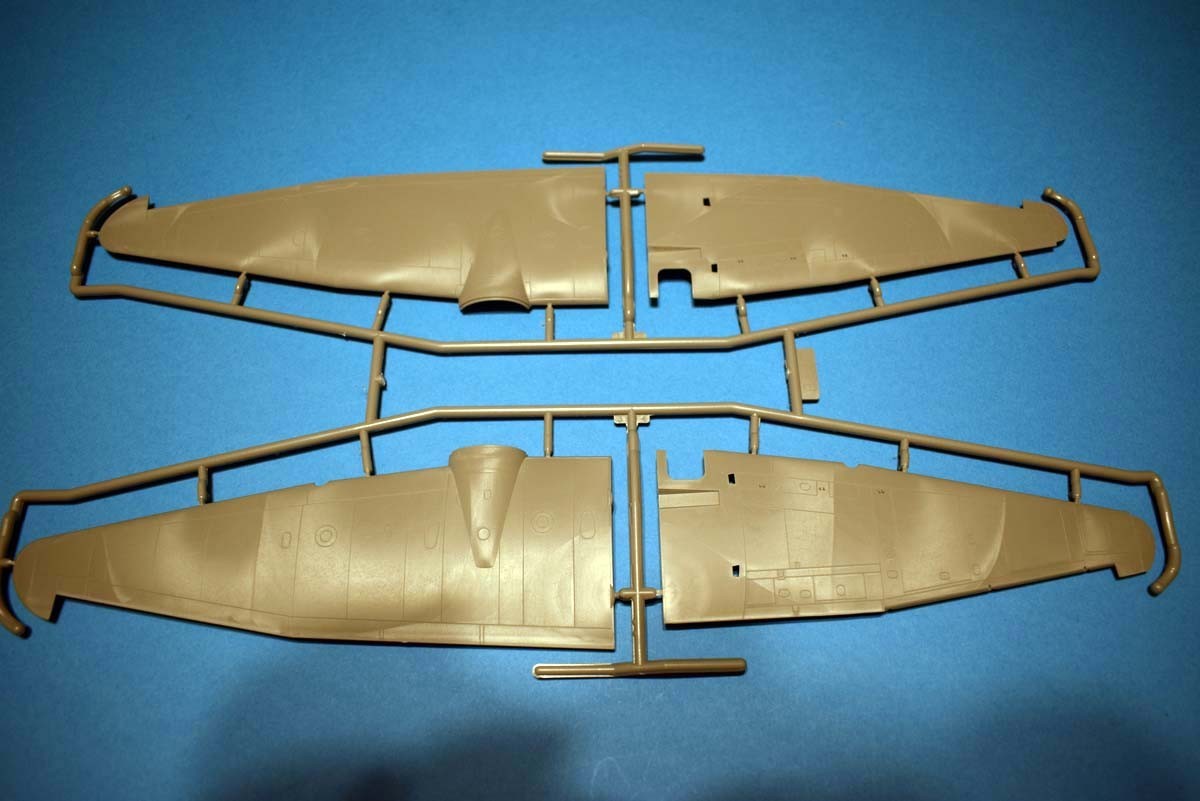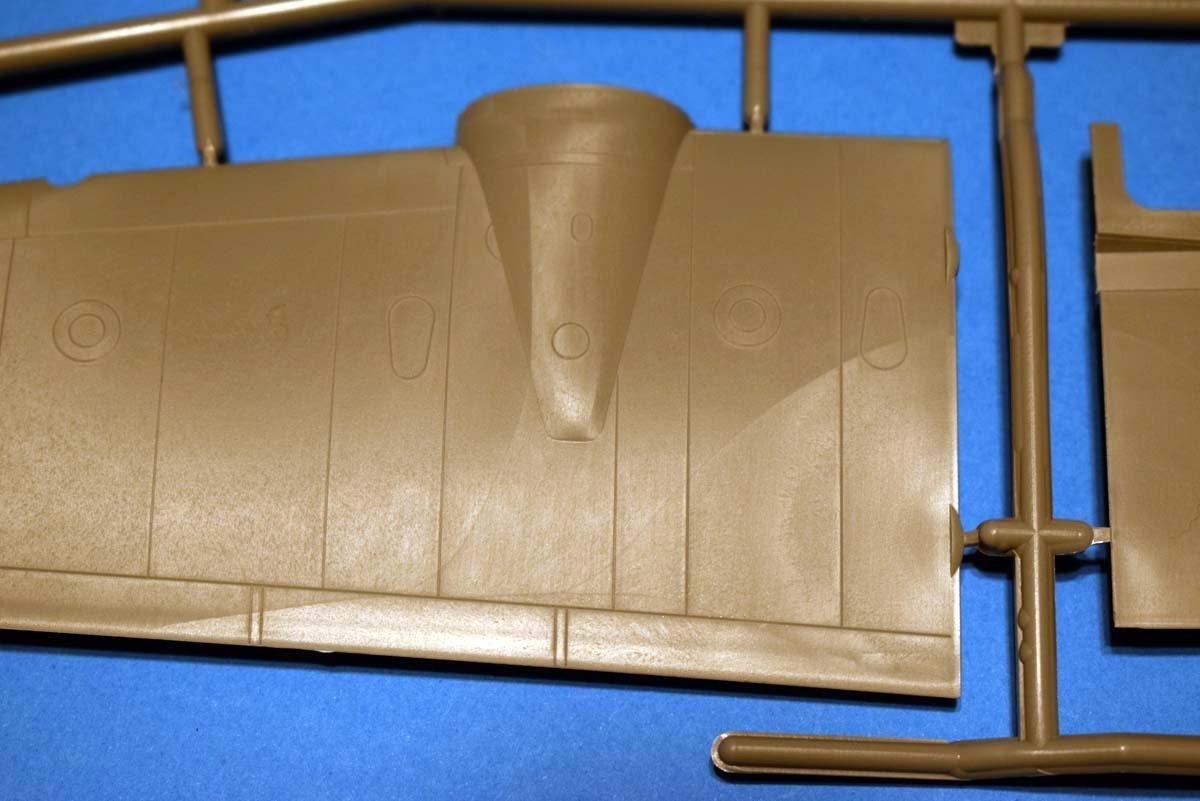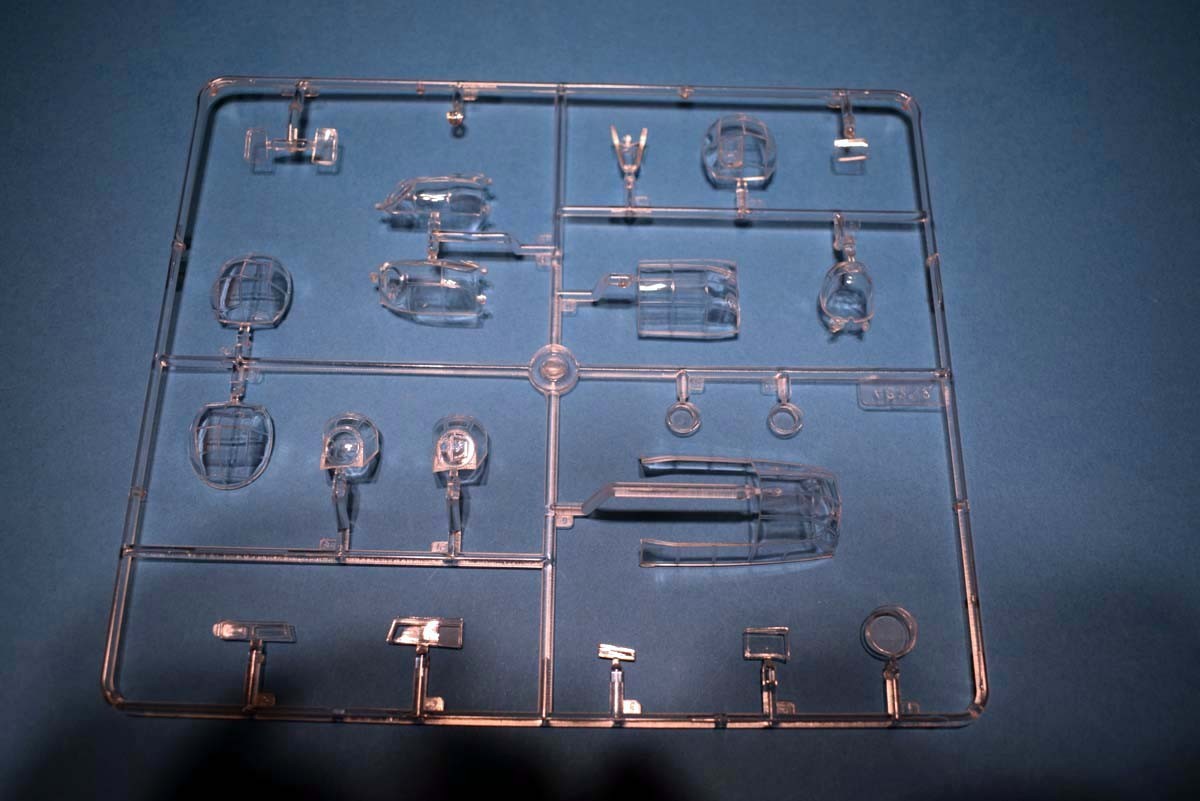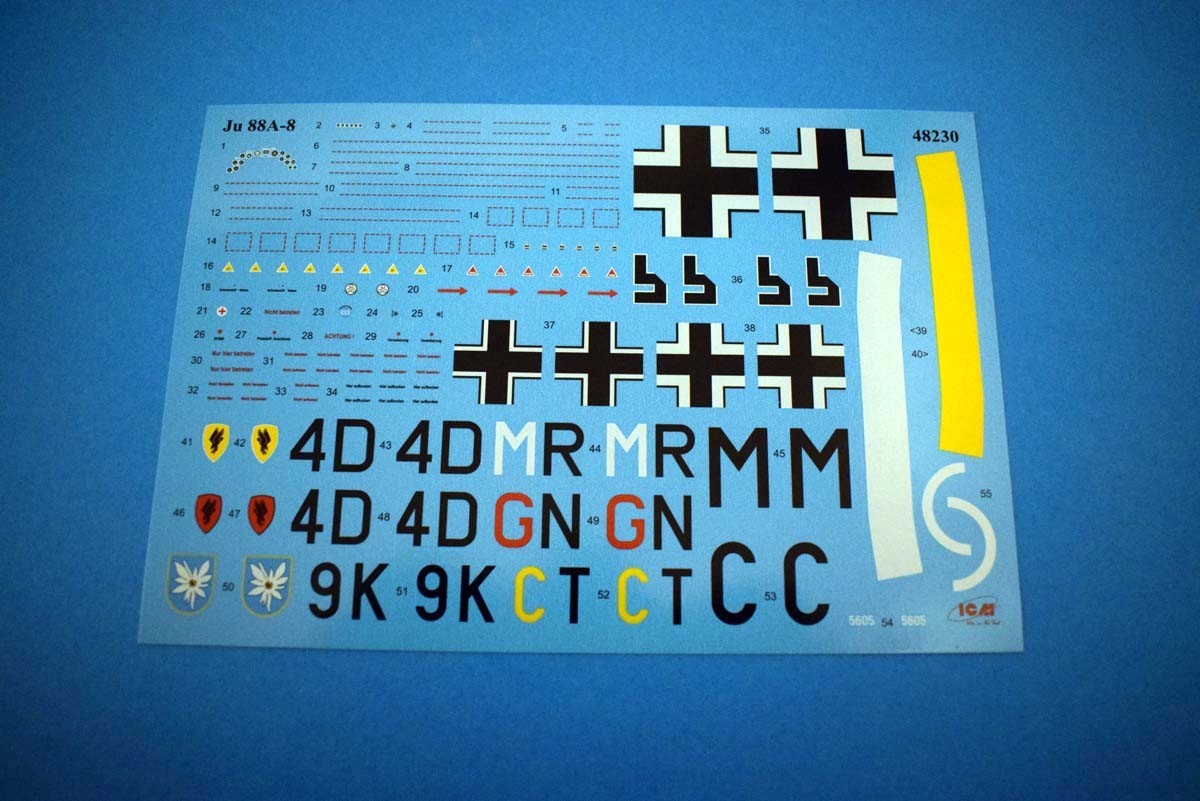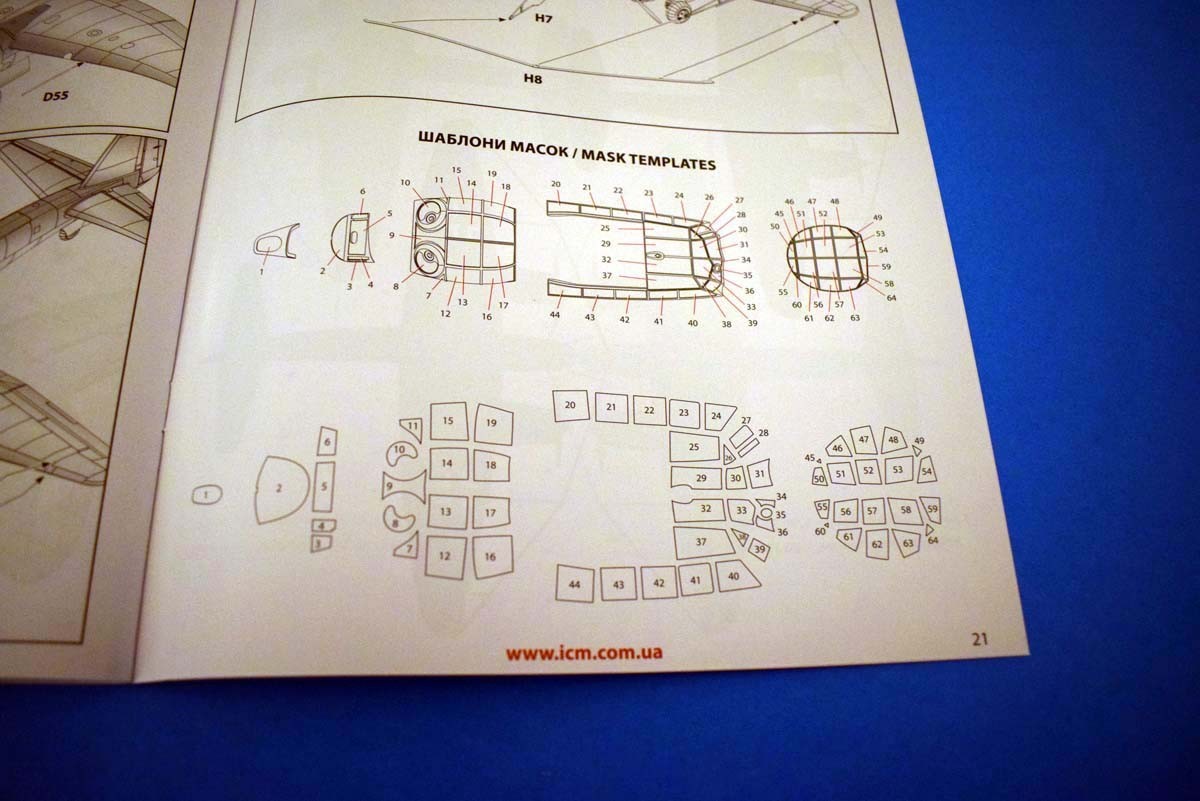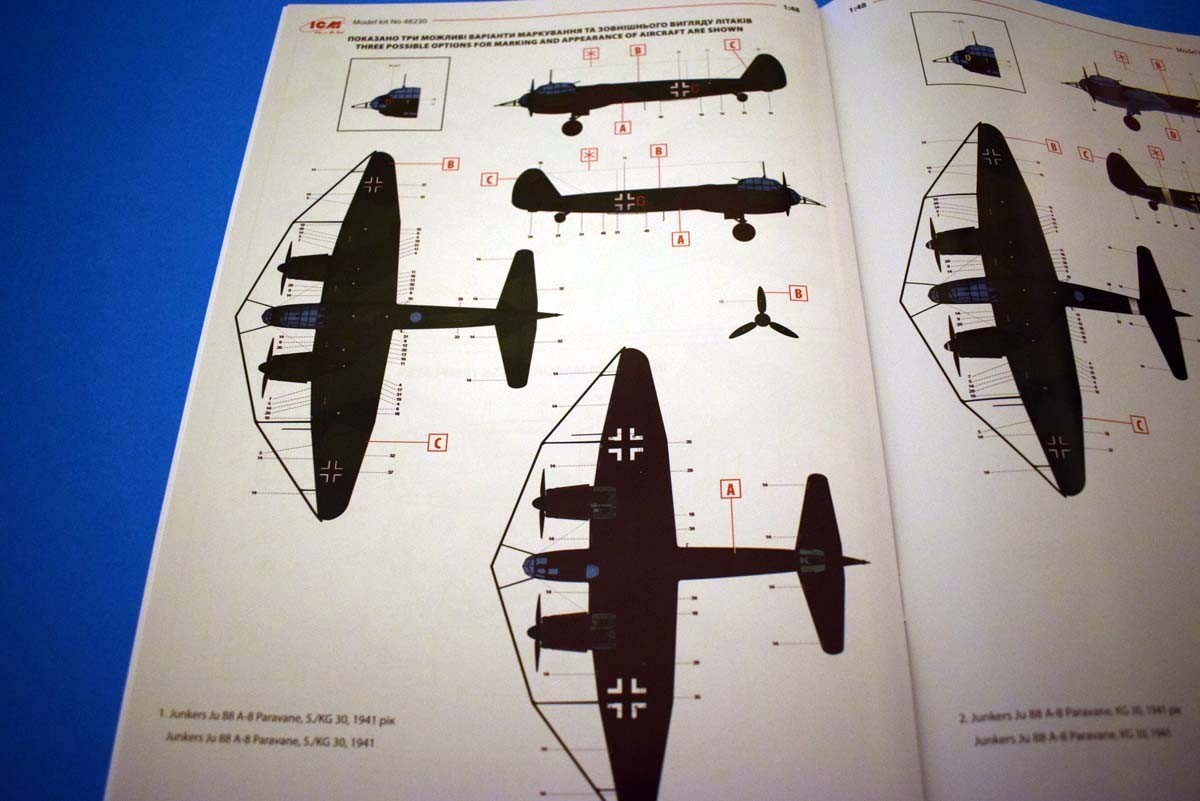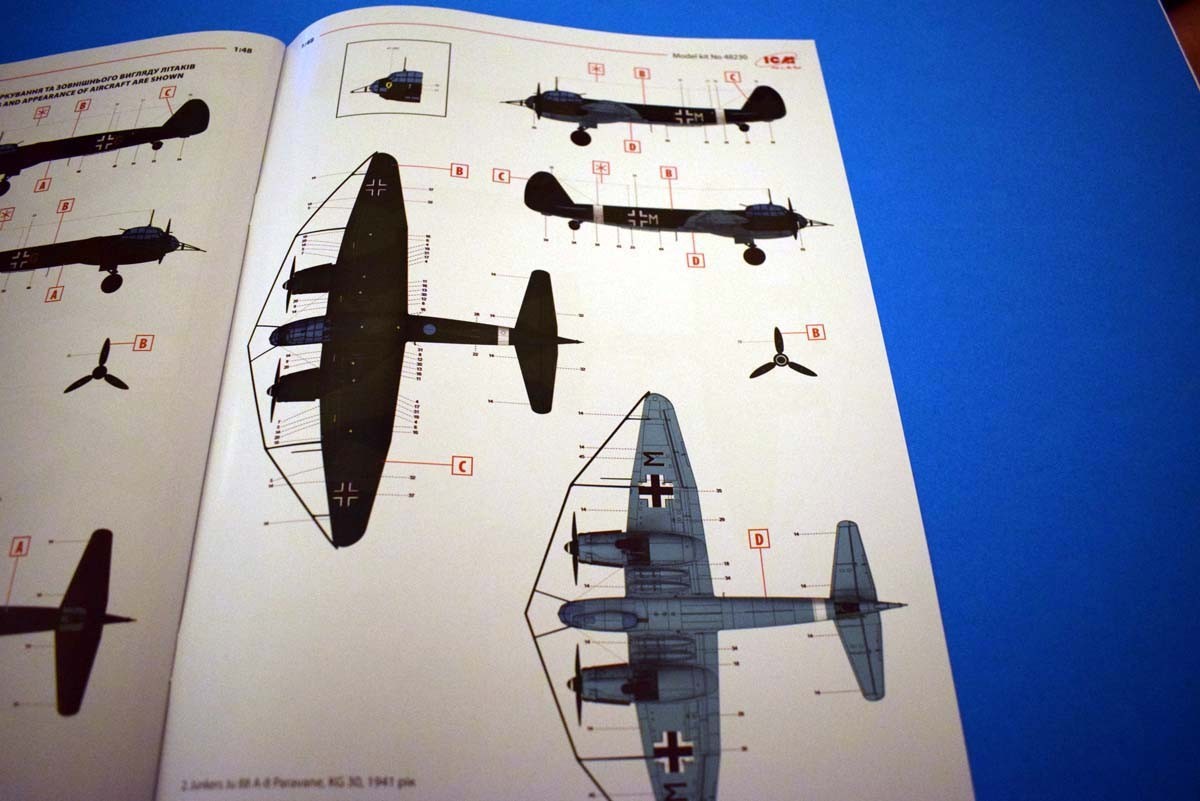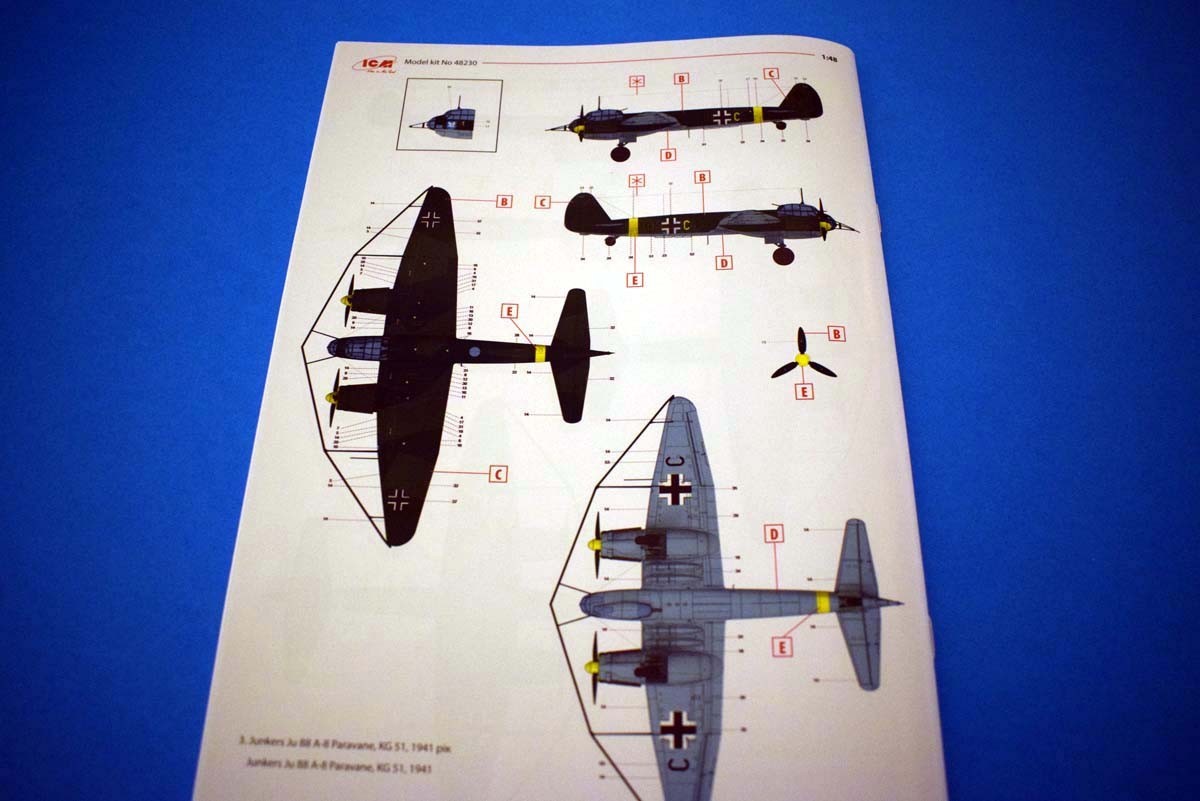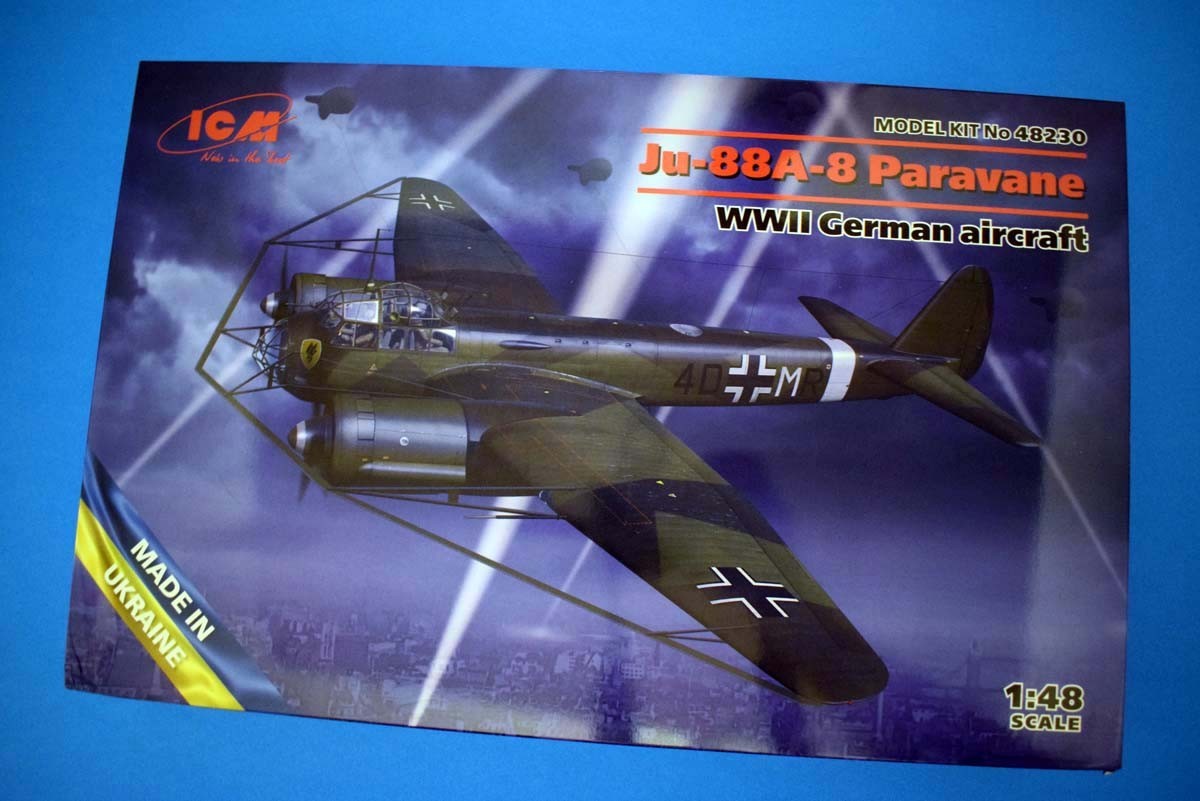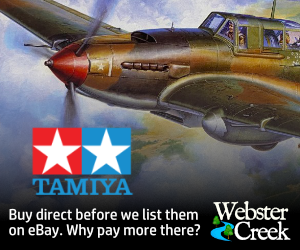
Introduction
The following introduction is as provided by ICM:
During the WWII balloons with steel cables were used in the air defence system of Great Britain to protect against German air raids. Such barriers prevented the free passage of aircraft and were dangerous for Luftwaffe pilots. To combat such barriers, German developed special steel cutters for their aircraft, which were also called paravanes – by analogy with devices for protection against sea mines. Some of the Ju-88 aircraft of the A4 and A5 modifications were converted to use such paravanes and received the markings A8 and A6, respectively. The paravanes were massive steel structures in the form of a large frame, which was mounted in front of the aircraft and had the purpose of diverting the steel cables to the ends of the wing, where the cutters for cutting the cable were located. And although the facts of the combat use of aircraft with such devices took place, these paravanes did not become widespread.
Review
The cockpit of the aircraft is the same as in the previous releases, and I have to say I am rather pleased with what I see offered. The control panels are nicely replicated and would appear to be basically correct. The pilot’s instrument panel has been provided with decals by ICM, but if these do not please Eduard has released an internal set for the model. A lot of attention has been lavished on the seats for the cockpit area, especially the support structures. The pilot’s seat has been moulded in two halves and this means there is a joint that needs to be hidden or filled. The only real downside here that I can see is that no effort has been made to represent the crew’s harnesses; this is something I have become more picky about as I have progressed. Other than this I am very happy with this area of the model.
It may seem a little odd, but I am going to jump to the undercarriage now. The rear wheel has been moulded as a single piece, it is well detailed from what I can ascertain, but it is something I do not like to see from a painting aspect. The front wheel units cheer me up quite a bit as I really like the detail moulded in to the area of the model. The main struts look very good detail wise and the minor seams lines to deal with should be easy due to the breakdown of parts. The torsion links are supplied separately and so aid the clean up process. Just about everything other than the strut is supplied separately resulting in a very nice looking main undercarriage assembly. I especially like that these are assembled off of the model and added after assembly into what I believe will be a rigid structure. The tyres are well detailed, but they are not weighted which lets them down; I am sure that resin weighted wheels are or will be available soon for this model. The wheel bay doors have not been forgotten and are again very well detailed inside and out. The only thing the modeller really needs to add are the brake lines which are not moulded, but that is not exactly unusual.
The fuselage of the model has been tackled very well in order to make it reasonably easy for ICM to provide various versions of the Ju 88, but this has not been done in such a way as to make life difficult for the modeller. The radio direction finder has been included among the parts. The panel lines are very nicely recessed and fine, a check of drawings indicates that most of the panel lines appear to be present and correct. The large mouldings have an almost very lightly textured finish that I find appealing, but the parts are smooth; it is a hard sensation to explain. While covering the fuselage it is I believe a good time to look at the clear parts for the model. The clarity of the clear parts is very good and it would be worth looking for paint masks for this one, there are so many framed panels that you will need a very steady hand to avoid marring the finish. ICM has provided a plan for making your own masks but the number in this release is why I would consider the after market route. The thickness of the clear parts is fair, but there is a small amount of magnification that takes place. The defensive machine guns are reasonable detail wise and will look the part, but I would consider the metal barrel option as I think this model is worth the expense.
The vertical tail and rudder are new parts having the cut out in the top of the tail present, I do believe this is correct in most cases except for some very early Ju 88A-4’s which I could not find out if they were converted for this role . Panel lines throughout the flight surfaces are well represented and should look good when picked out. The rest of the flight surfaces are very well done and have the finish I spoke of present. All of the flight control surfaces are supplied separately, and while not workable they do allow the modeller to decide the position they are set in. The new parts for the paravanes are well moulded, but the base model has not been altered to fit the parts. ICM has provided drawings and measurements for attaching the paravanes; I however would have liked to have seen the model modified to accept these new parts.
The nacelles for this release are parts from the Ju 88A-4 which is the base kit used here, was powered by a different engine. There has been some distortion of these parts, most likely due to the way they were packed, but due to the way everything goes together this issue should easily correct itself. There are two engines supplied by ICM and they do look to be very well detailed, but it is my understanding that there was a different engine in the A-4 as opposed to the A-5 and so one of the two models must be wrong as the engines are the same in both models; I suppose it would take someone with a very high degree of knowledge to pick out which engine it is exactly right or wrong. Regardless I am very pleased to see this in this model. Being engines it would pay to add some wiring to the area if you are going to display it. The propeller blades look very accurate to me and should I think keep everyone happy. The radiator detail looks a little on the weak side to me, but you can’t have everything. The odd part here is that in order to display any of the engine detail surgery will be needed on the nacelles as they have not been designed for display of the area.
ICM has supplied some quite nicely detailed iron bombs for display on this model, they have done a good job of the bomb racks as well. I personally would consider adding the bomb racks, but not the bombs themselves as I like the cleaner look of this type of model; that is the beauty of this hobby you can do whatever you wish.
With this model ICM has provided four finishing options, which are as follows;
Ju 88A-8 Paravane, 5./KG 30, 1941
Ju 88A-8 Paravane, KG 30, 1941
Ju 88A-8 Paravane, KG 51, 1941
Conclusion
This offering from ICM provides a nice rendition of a Ju 88A-4 and added the paravanes to make a Ju 88A-8 Paravanes. This change makes for an appealing model, but I feel let down by the fact that the modeller is expected to measure and drill placements for the paravanes. I do understand this is a hobby where we start making changes to base kits, but it should not be a requirement to build the model provided in the box. Otherwise the model will appeal too many and adds another link to the Ju-88 line from ICM in 1/48th scale.
